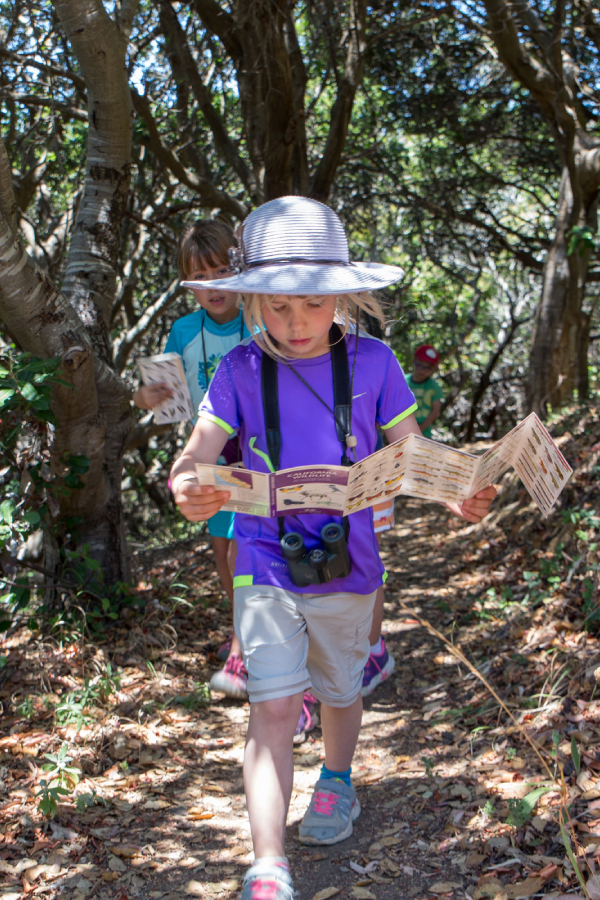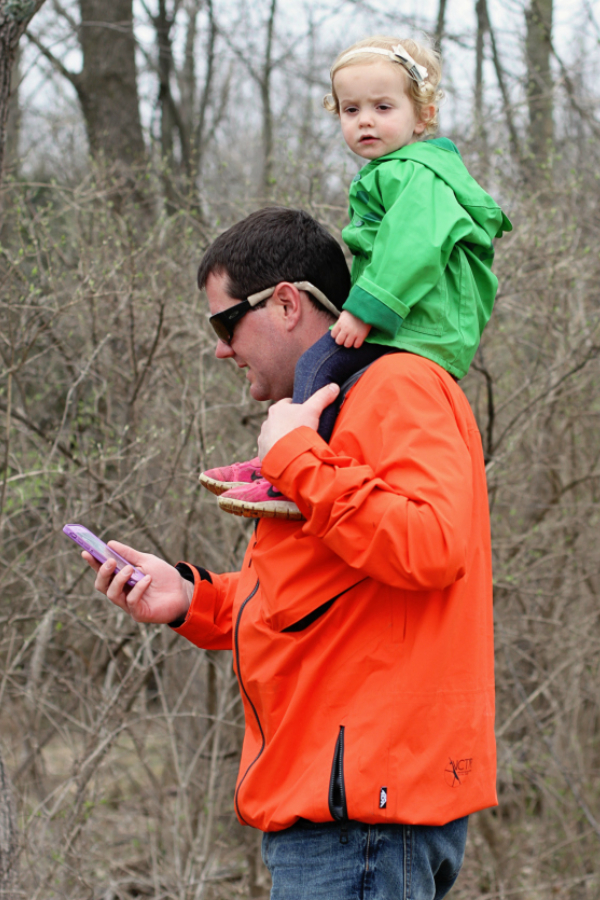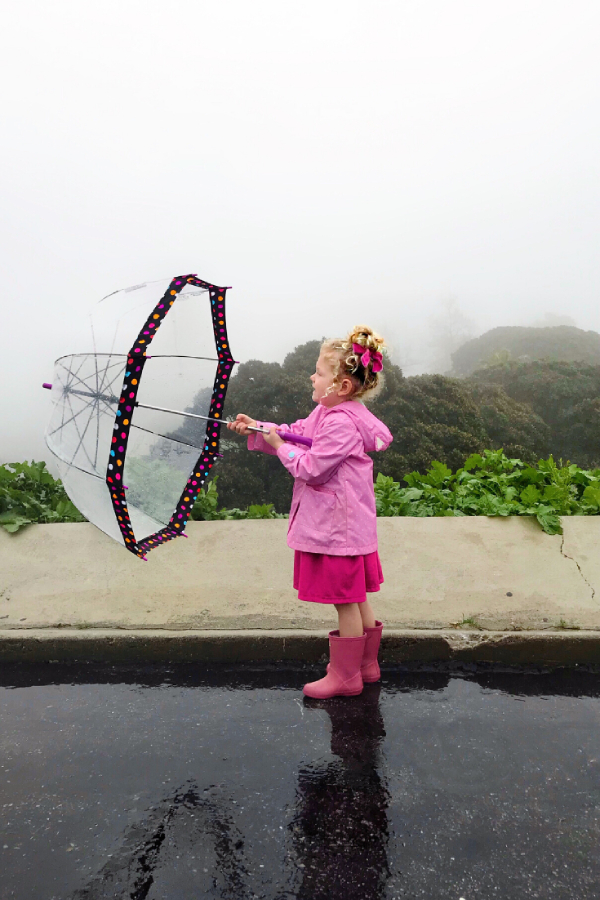Staying active during quarantine can be difficult, especially if you are avoiding crowded public spaces and trying to keep up with social distancing rules. For parents, it’s not always so simple as staying home. Children have got a lot of energy. While there are many great remote activities that teachers and caregivers can offer, parents at home still need easy ways to burn off that excess energy, and help their children get fresh air and sunshine.
These 10 activities for social distancing outside give parents simple, affordable, and engaging ways to get active outdoors with children while staying safe.

Ideal for ages 3-4 years
Source: Toot’s Mom is Tired
The socially-distanced outdoor activity
Stay safe and comply with the latest corona safety guidelines while you develop gross motor skills and burn some of that excess energy with a chalk obstacle course.
What you’ll need
How you do it
Here’s a new twist on a classic hopscotch format. You’ve got blocks drawn one after the other, and each represents a movement. You might have to jump on your right foot for one, or step only on the block’s edges. Choose a different colour or shape to represent a movement: a yellow block could mean you have to crawl with one leg in the air while a red block means you’re not allowed to touch the obstacle course and you have to jump over the red block.
The obstacle course can challenge the children to remember what each block means while they master their gross motor skills by doing the actual movements as they hop, skip and jump through the course.

Ideal for ages 4-7 years
Source: Buggy and Buddy
The socially-distanced outdoor activity
The children document their adventure as they go and it counts as a sensory activity. The clipboard encourages non-readers to sketch their findings introducing fine motor skills development, engaging their attention as they hunt for clues, and enjoying some gross motor skills development during the search.
What you’ll need:
How you do it
Draw on sensory clues for the children. If the first clue might be hidden near a tree root, the clue can lead them to something that feels “rough”. Next, try something smooth, something wet, something warm and so on. As they discover their clue, have them draw or write into the space on their clipboard, to note where they discovered the clue.
The last clue is the treasure — perhaps a piece of candy or a little toy. For younger children, it might be more engaging to make each clue a treasure, to keep them engaged.

Ideal for ages 3-6 years
Source: Creative Family Fun
The socially-distanced outdoor activity
Learn shapes, burn energy, and get some sunshine with outdoor hopscotch. Siblings can entertain each other as they enjoy hopping about, and practicing their counting along the way.
What you’ll need
How you do it
Draw basic shapes on the pavement in a hopscotch pattern, with blocks and circles to indicate where you need to jump to. Each participant in the game gets a small rock or a pebble. The children each have a turn to toss their pebble and announce the shape it lands in, before hopping to it on one foot. It’s a fun way to practice gross motor skills, breathe in the fresh air, and practice remembering the names of shapes the pebbles land on.

Ideal for ages 3-7 years
Source: My Creative Family
The socially-distanced outdoor activity
This activity can be done with proper social distancing, and is relaxing, artistic and exploratory. Collect beautiful leaves (look for colours, spots, and interesting shapes) to press and dry at home.
What you’ll need:
How you do it
First, you need to make the perfect messenger bags to use for collecting the leaves. Cut half of a brown bag away, leaving the bottom ready for use. Invite the children to paint or draw on them. Next, punch (or cut) a hole on either side at the top and loop the piece of wool or string through so that the leaf collector can wear it around the neck or over the shoulder.
Then, take to the outdoors to find interesting leaves and observe the season’s colours. At home, you can sort out your leaves and admire your pickings. Press the leaves at home by placing them under heavy books for a few weeks. This activity gives us beautifully preserved leaves to use in future craft activities.

Ideal for ages 1-3 years
Source: My Creative Family
The socially-distanced outdoor activity
This activity encourages sensory exploration while it gets the children outside. Sidewalk painting sounds far more rebellious than it is. It’s completely innocent and harmless but it will give your children the kick they get from any mischievous activity.
What you’ll need:
How you do it
The reason this activity is completely harmless is because the paint is very chalky and barely visible, and it washes away in a snap. Simply combine one part cornstarch with one part water and a generous amount of food colouring to create the paint. Put a different colour paint in each muffin cup of the muffin pan (using it as a paint tray) and take it outdoors. Little ones can paint with their fingers or use paint brushes.

Ideal for all ages
Source: ECR
The socially-distanced outdoor activity
Picnics are back in a big way, and they’re communal, adventurous and outdoors. Pack your healthy fresh fruits and vegetables to keep your immune systems strong while you take in the fresh air and sunshine.
What you’ll need:
How you do it
Pack your picnic basket and visit a park or a public area that enables you to stretch out without making contact with others. Add some extra space between your picnic site and others’ to account for your children wanting to wander around a bit and enjoy the outdoors. Keep the picnic interesting with a variety of foods, and maybe a few activities to prevent the children from wanting to wander off.

Ideal for ages 4-6 years
Source: Audubon
The socially-distanced outdoor activity
It’s good exercise with good social distancing measures, and it’s an excellent way to build a healthy relationship with nature. You don’t even need to know anything about birds — just an interest in being outside and a sense of curiosity. The knowledge will come in its own time.
What you’ll need:
How you do it
Visit nature parks in your area, and check in your birding book or app to see which bird species you can expect to see in your area. You will also be able to identify the calls of these birds from the app, empowering the children to listen out and identify the calls. Keep track of the birds you have seen or heard in a birding diary or logbook. It can become a passion that can engage children in the future, not just during this time when social distancing is so important.

Ideal for ages 3-6 years
Source: Run Wild My Child
The socially-distanced outdoor activity
It’s perfect combination of treasure hunting and getting into nature. Geocaching requires children to follow instructions, use their skills of observation, and enjoy safe social distancing outdoors.
Geocaching is a kind of virtual treasure hunting using GPS navigation on your mobile device. You can look for the treasure that others have hidden in your neighbourhood, using the clues and navigation guides. The treasure is very real, but it’s usually a trinket or a souvenir.
What you’ll need:
How you do it
Using the app, you can join a child-friendly geocaching hunt, and explore your neighbourhood to find local treasures hidden around you. Geocaching etiquette requires you to place something of similar value back in the original place so that the game can continue for others. It’s an engaging game that develops a sense of intrigue with the ability to follow directions and use ingenuity to find a “treasure”. Remember to sanitise your hands before and after you handle caches.

Ideal for ages 2-5 years
Source: Run Wild My Child
The socially-distanced outdoor activity
Spring rains are a seasonal delight, and, considering most people would rather stay inside during and following the downpours, social distancing is almost a guarantee.
What you’ll need:
How you do it
Never underestimate the joy that comes from jumping into a puddle and seeing the water splash about. It’s one of life’s simplest and freest pleasures. Dress the little ones warmly to keep dry before you head outside. If it’s still raining, take an umbrella. Look for a big puddle and demonstrate how to splash in it – little ones rarely need a demonstration.

Ideal for ages 3-6 years
Source: Run Wild My Child
The socially-distanced outdoor activity
Mums and dads can enjoy this exercise and develop your little one’s gross motor skills (walking around the neighbourhood and finding leaves) and fine motor skills (using a paper punch to create little shapes).
What you’ll need:
How you do it
Carry a small paper bag each and look for leaves that show the colours of the season. The colours are not important, rather, it’s an opportunity to start discussing and observing the way the leaves change colour from winter to spring. Gather a good variety of leaves in terms of colour. Once you’re back home, use the different shaped paper punches to punch the leaves. Enjoy a shower of shapes when you throw them into the air like confetti.
Please note: here at Famly we love sharing creative activities for you to try with the children at your setting, but you know them best. Take the time to consider adaptions you might need to make so these activities are accessible and developmentally appropriate for the children you work with. Just as you ordinarily would, conduct risk assessments for your children and your setting before undertaking new activities, and ensure you and your staff are following your own health and safety guidelines.